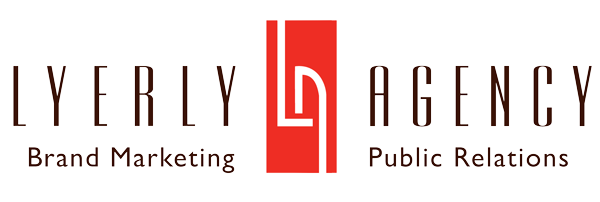As posted in The Gaston Gazette:
(4/30/17) BELMONT, N.C. – Once upon a time, clever text was all one needed to catch someone’s eye. From journalism to public relations and marketing collateral, a press release or newsletter did the trick as a standalone piece. But the communications profession has evolved. Photos and other multimedia once sufficed to catch the eye of an editor, reader or online viewer, but in today’s technology-savvy world, audiences beg for even more; they desire infographics.
Infographics are not a new concept, but this elevated medium in 21st century communications combines sophisticated graphics with content in a simple, appealing, digestible format. Often, it takes statistics or potentially “dry” (i.e. boring) details that might become lost or glossed over in a long article and creates increased visual interest. But there are additional reasons for using infographics when sharing details with any audience. Here are five ways that infographics prove to be a valuable asset within your business communications arsenal:
- Popular trend. Some may argue that infographics are little more than today’s communications trend. Others note a history dating as far back as 1626 when Christoph Scheiner drew a sketch to illustrate the sun’s rotational patterns – rather than simply describing this phenomenon with text. Graphs.net, a resource for dozens of infographics on a multitude of topics, captured data as this colorful display emerged years ago, noting that between 2010 and 2012 alone, searches for infographics increased by more than 800 percent. Infographics can contain anything from pie and bar charts to wave diagrams, artistic renderings and other graphic designs, all used to visually demonstrate content points.
- Prominent messaging. Rather than burying key messages among text or producing content-heavy brochures and advertisements, infographics allow vital information to visually shine. Consider crafting an infographic that graphically displays your top three to five messages – the key elements that a reader or viewer should gain from your piece. This also works well for a historical timeline, product/business benefits for a consumer, or even several statistics about a discussed trend. A colorful, stimulating infographic allows even the most casual passerby to notice your pivotal details, and could entice an individual to dive deeper into accompanying lengthier, meatier content such as a press release or in-depth budget report.
- Shareable content. Sure, any white paper or photo you cultivate as a business is shareable. But an infographic provides succinct information in an easy-to-consume format that lends itself easily to sharing. Not only can an infographic be standalone material, but it can be shared via social media and thus, has the ability to go viral – depending on its graphics and content, naturally. But because infographics tell an entire story in one beautifully designed image piece, that allows for sharing potential beyond your business and beyond media. Don’t think small with your infographics; think worldwide and consider audiences anywhere and everywhere who may see your visual display.
- Stand out from the crowd. Journalists receive multiple press releases per week, if not per day. The media rarely lacks news items to cover, from television to print. An eye-catching infographic could be exactly what allows your business’ press materials to stand out among the dozens vying for their attention. The same can be said for marketing materials. Content strategist Will Fanguay notes that we often have less than 10 seconds to capture someone’s attention and communicate a proposition, and more than half of website viewers spend less than 15 seconds on said site. An infographic, thus, maximizes the amount of time conveying value proposition to any marketing consumer. According to the Wharton School of Business, when providing audiences the same message, “presenters who used visual language were perceived … as more effective than those not using visuals” – 67 percent versus 50 percent. The same can be said for catching the eye of your customers and prospects; bold, creative, well-executed infographics can gain attention when plain text might otherwise go unnoticed. Additionally, infographics often show that you and your company were willing to go that additional step, take that additional time, and create an engaging accompanying image. Effort, after all, speaks volumes.
- Ability to go interactive. If possible to hire a professional, interactive infographics can take your ideas and designs one step further and make them that much more noticeable. Dynamic infographics allow for interaction by the user, such as detailed information available on a graphically designed timeline with the click of a mouse button. These complex applications often come to life with software development and programming assistance, so they require additional know-how and design; however, particularly on a national scale, this unique user experience can allow your brand to rise above others. Many media outlets, for example, have developed this technology for in-house use, including The Washington Post and The New York Times.
Traditional communications still pays ample dividends in the communications world. But in a technology savvy society, communications must keep up with trends and the technologies desired by marketers, news outlets, businesses and their many audiences. Beyond social media and mobile, infographics tell concise, visually stimulating stories alongside your longer messages. Use them wisely, target them appropriately and create them mindfully and masterfully to gain the most traction possible.
Lyerly Agency’s President and CEO Elaine Lyerly and Executive Vice President and COO Melia Lyerly share their 35+ years of marketing, advertising, public relations and brand strategy experience with readers each month in a column published by The Gaston Gazette. See this month’s edition at http://bit.ly/2qlBBKA.
